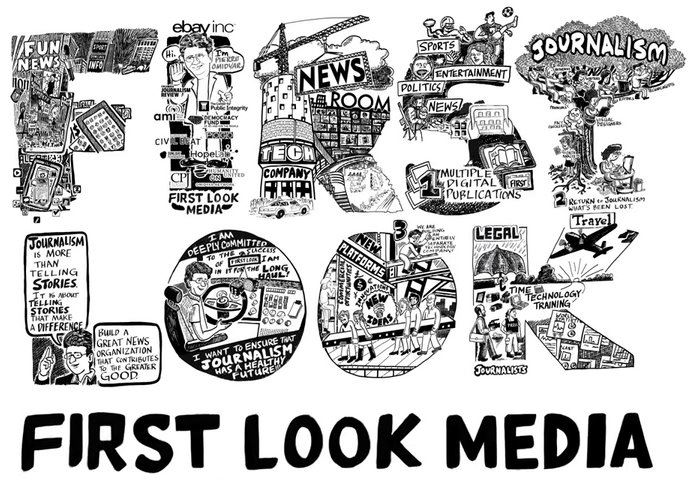Sunday, November 09, 2014
another fake bin laden story?
By
CNu
at
November 09, 2014
0
comments
![]()
Labels: Double "O" , information anarchy , predatory militarism
dissension in the ranks?
By
CNu
at
November 09, 2014
0
comments
![]()
Labels: information anarchy , predatory militarism
Saturday, November 08, 2014
consanguinity and reproductive health among arabs
By
CNu
at
November 08, 2014
2
comments
![]()
Labels: eugenics , Genetic Omni Determinism GOD , Race and Ethnicity , the wattles , What IT DO Shawty...
the problem of inbreeding in islam
By
CNu
at
November 08, 2014
5
comments
![]()
Labels: eugenics , Genetic Omni Determinism GOD , Race and Ethnicity , the wattles , What IT DO Shawty...
did inbreeding shape the course of human evolution?
By
CNu
at
November 08, 2014
0
comments
![]()
Labels: evolution , History's Mysteries , scientific mystery
gene-centrism vs. multi-level selection
By
CNu
at
November 08, 2014
0
comments
![]()
Labels: Genetic Omni Determinism GOD , microcosmos , symbiosis , What IT DO Shawty...
Friday, November 07, 2014
the $9billion dollar witness; meet jpmorgan chase's worst nightmare
By
CNu
at
November 07, 2014
2
comments
![]()
Labels: banksterism , Obamamandian Imperative , Rule of Law , What IT DO Shawty...
why would omidyar sponsor journalism probing global capitalism?
By
CNu
at
November 07, 2014
0
comments
![]()
Labels: complications , Kwestin
omidyar's version of events...,
By
CNu
at
November 07, 2014
0
comments
![]()
Labels: deceiver , disinformation , sum'n not right
nouveau petit elite honeypot for out of pocket journalists?
By
CNu
at
November 07, 2014
0
comments
![]()
Labels: doesn't end well , not a good look
no journalist has been luckier...,
By
CNu
at
November 07, 2014
0
comments
![]()
Labels: doesn't end well , sum'n not right
Thursday, November 06, 2014
cannabis pharmacy
By
Dale Asberry
at
November 06, 2014
1 comments
![]()
Labels: howto , What IT DO Shawty...
only confederate wattles can rally behind a political process or a political figurehead that's phonier than a $3.00 bill....,
By
CNu
at
November 06, 2014
0
comments
![]()
Labels: American Original , Double "O" , FAIL , Obamamandian Imperative , Race and Ethnicity
Wednesday, November 05, 2014
iq75 LOOZERZ gettin they way
By
Dale Asberry
at
November 05, 2014
24
comments
![]()
what's so important about musical scales...
PNAS | Significance
By
Dale Asberry
at
November 05, 2014
0
comments
![]()
Labels: culture of competence , hope , macrobiology , What IT DO Shawty...
pathetically distorted judgement of the figurehead of US imperial power...,
'On a chilly November night in 2008 I stood with my camera crew in Grant Park, in Chicago, and watched the new 44th president of the United States being greeted by his ecstatic supporters.
'It was a magnificent, unforgettable moment.'
'I had heard several of his speeches and knew what a moving and thoughtful orator he could be.'
'Today is for celebration, for happiness and for reflected human glory. Savour those words: President Barack Obama, America's hope and, in no small way, ours too.'
'had a nasty feeling that he wanted me and everyone else he met to like him.'
'In a way, it's deeply unfair.'
'If you take a look at the [US] economy that is being created, it's one in which real wages for male workers are back to the level of 1968. Over the last decade, about 95% of the growth has gone to 1% of the population. This is not a functioning economy. Just take a look around the country. The infrastructure's collapsing. There's a huge amount of work that has to be done. There are eager hands, tens of millions of people trying to get work, there are plenty of resources, corporate profits are going through the roof, the banks and financial institutions are rich. They don't invest it, but they've got it. [...] If you look at the unpeople (the majority of the population), their economic positions, wages and income have pretty much stagnated or else declined for a generation. Is that an economy that's working?'
By
CNu
at
November 05, 2014
2
comments
![]()
Labels: Ass Clownery , Naked Emperor , propaganda
Tuesday, November 04, 2014
the arab-isreali conflict is the crux of all that is going on in the middle-east...,
By
CNu
at
November 04, 2014
0
comments
![]()
Labels: The Great Game
Self-Proclaimed Zionist Biden Joins The Great Pretending...,
Biden, at today's Holocaust Remembrance Ceremony, denounces the "anti-Semitic" student protests in his strongest terms yet. He...
-
theatlantic | The Ku Klux Klan, Ronald Reagan, and, for most of its history, the NRA all worked to control guns. The Founding Fathers...
-
Video - John Marco Allegro in an interview with Van Kooten & De Bie. TSMATC | Describing the growth of the mushroom ( boletos), P...
-
Farmer Scrub | We've just completed one full year of weighing and recording everything we harvest from the yard. I've uploaded a s...




/cdn0.vox-cdn.com/uploads/chorus_asset/file/2430002/marijuana_map.0.0.png)


